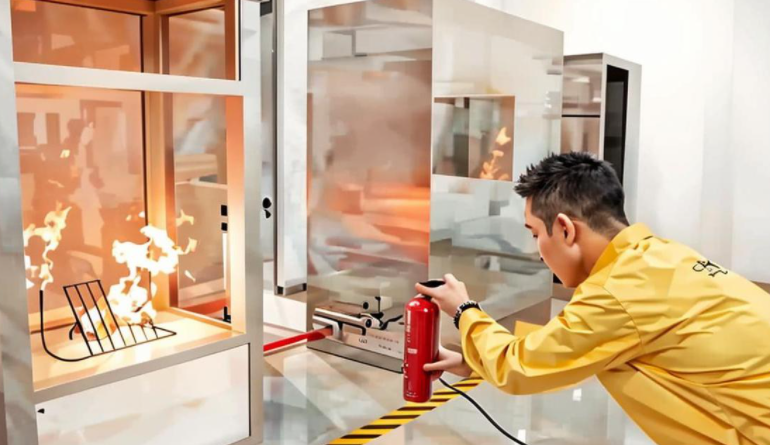Fireproofing test
What is a fire test: A fire test determines how easily a material or finished product will ignite or burn when placed near the center or heat source of the fire. Failure to meet fire test requirements is not only a significant public safety risk, subject to market access restrictions, but also the regulatory authorities will adopt corresponding mandatory measures.
Objects of fire detection: aluminum-plastic panel, fiberglass grille, roof tiles, decorative wall panels, wood-plastic panels, PVC panels, fireproof coatings, drainage pipes and other building products and building materials.
The need for fire testing: Fire testing covers a number of different test protocols and methods designed to measure a material's specific vulnerabilities, including its susceptibility to ignition sources, its tendency to burn, and the rate at which it burns when ignited.
The United States, the European Union (EU) and other countries have introduced regulations to establish minimum flammability requirements for various types of materials and finished products to reduce unnecessary deaths and injuries caused by fire. Each country has developed a relatively scientific fire protection standard system, which is more representative: EU standard EN13501-1, Chinese standard GB8624, British standard BS476, Australian standard AS1530, American standard ASTM E84, French standard NF P92-507, German standard DIN4102 and so on.
Compliance with these requirements is usually demonstrated through reports of fire tests conducted by independent third parties. Jurisdictions also typically require a specific warning label about the intended use of the product. Failure to comply with these requirements may impede market access or result in enforcement action by regulatory authorities.

